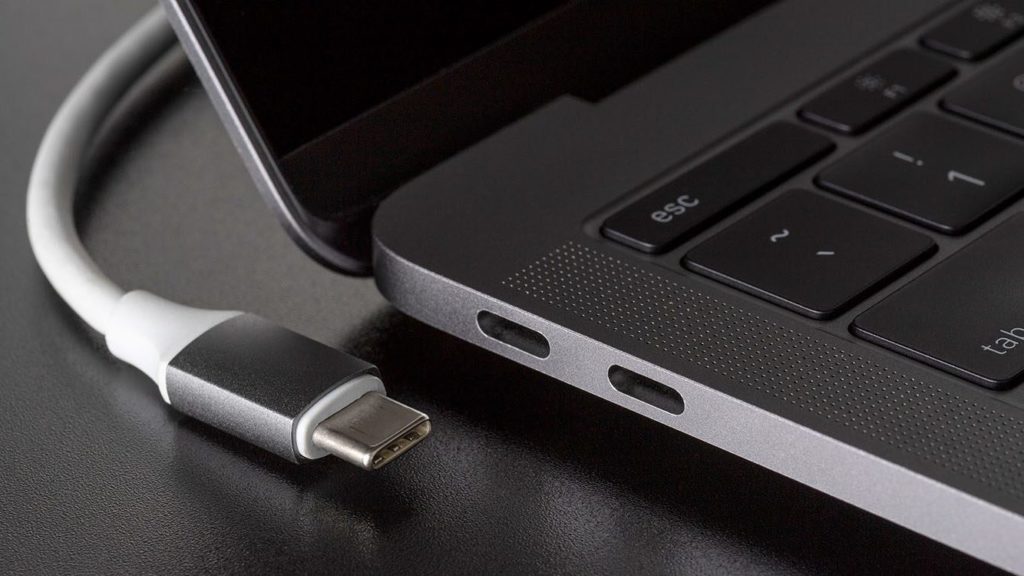

has transitioned to the oval-shaped USB-C connector, with the rationale hinging on speed, convenience, and adaptability. Micro-USB was previously the standard selection for smartphones, tablets, e-readers, headphones, and power banks due to its compact size and relatively low cost of adoption. However, as devices required quicker charging, faster data transmission, and more robust connectors, the older standard fell short, leading to the adoption of USB-C.
USB-C emerged in 2014 as a contemporary, universal substitute. It showcased a reversible design that removes the hassle of inserting cables incorrectly. With data transfer speeds reaching up to 40 Gbps and the capability to deliver significantly more power, it can charge not only smartphones but also laptops and even computer monitors. Additionally, it can transmit video and audio signals, enabling a single cable to perform multiple functions that Micro-USB could not accommodate.
When comparing Micro-USB to USB-C, the distinctions extend beyond mere aesthetics. USB-C is swifter, sturdier, more adaptable, and more future-ready, which is why it has become the standard port for almost all contemporary devices.